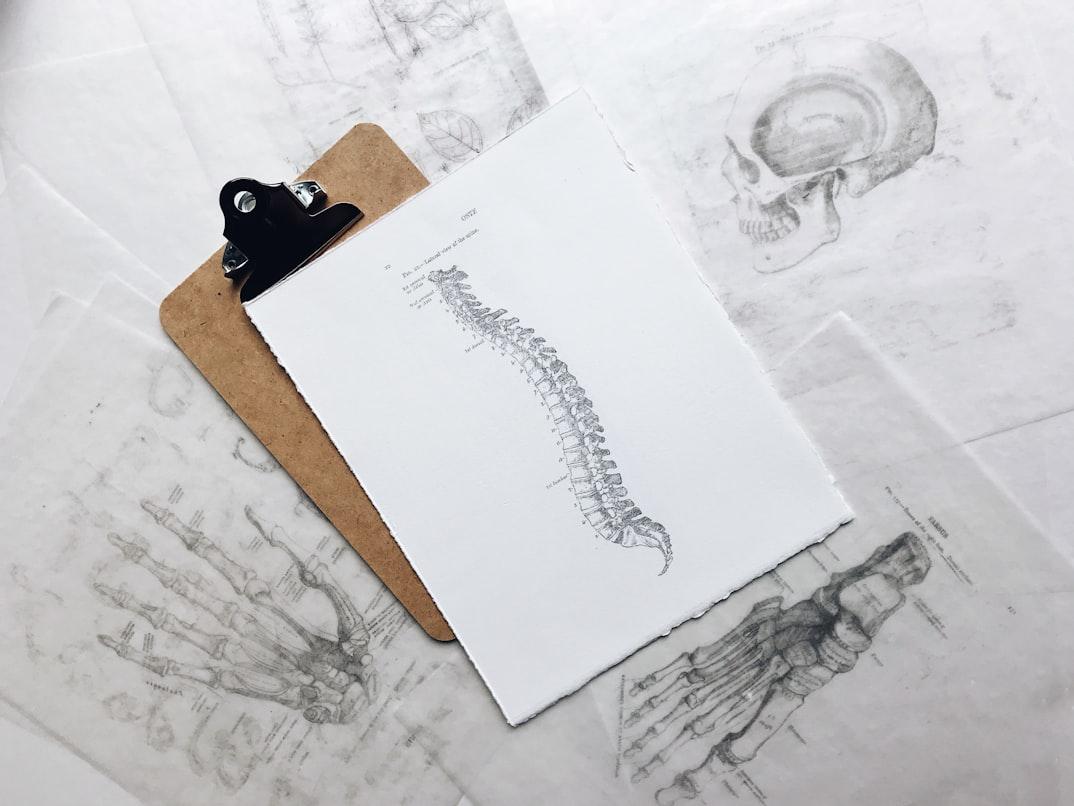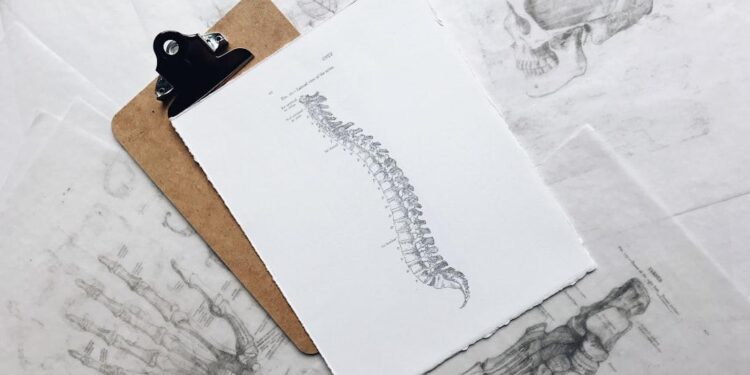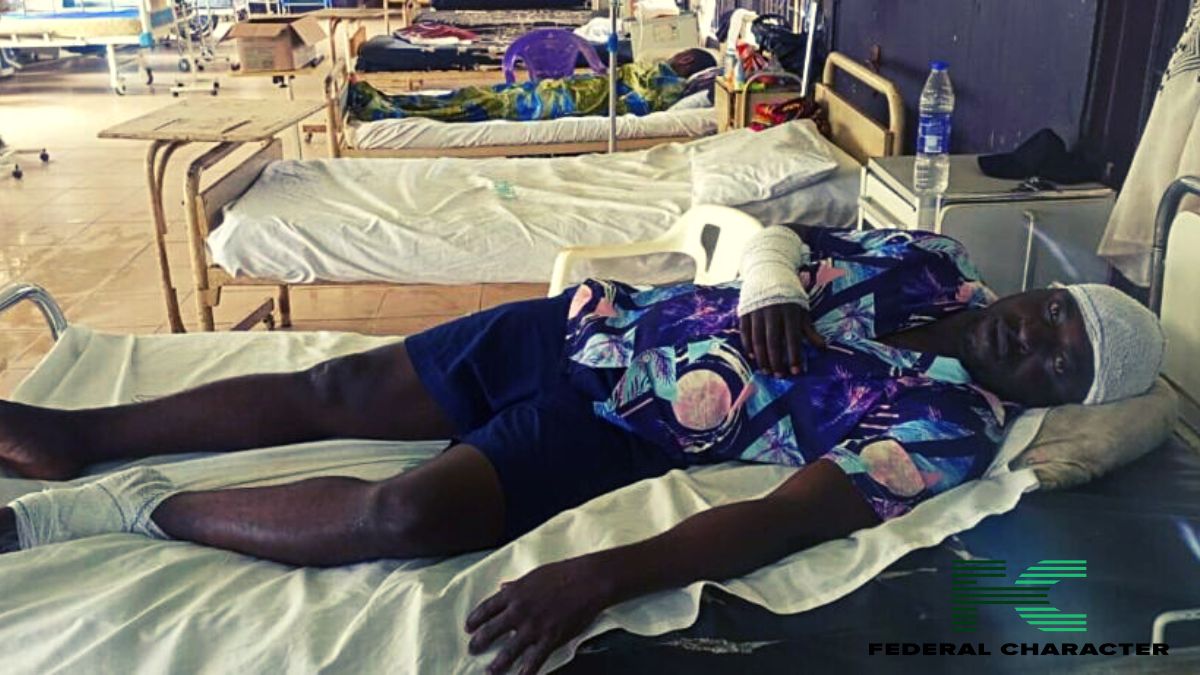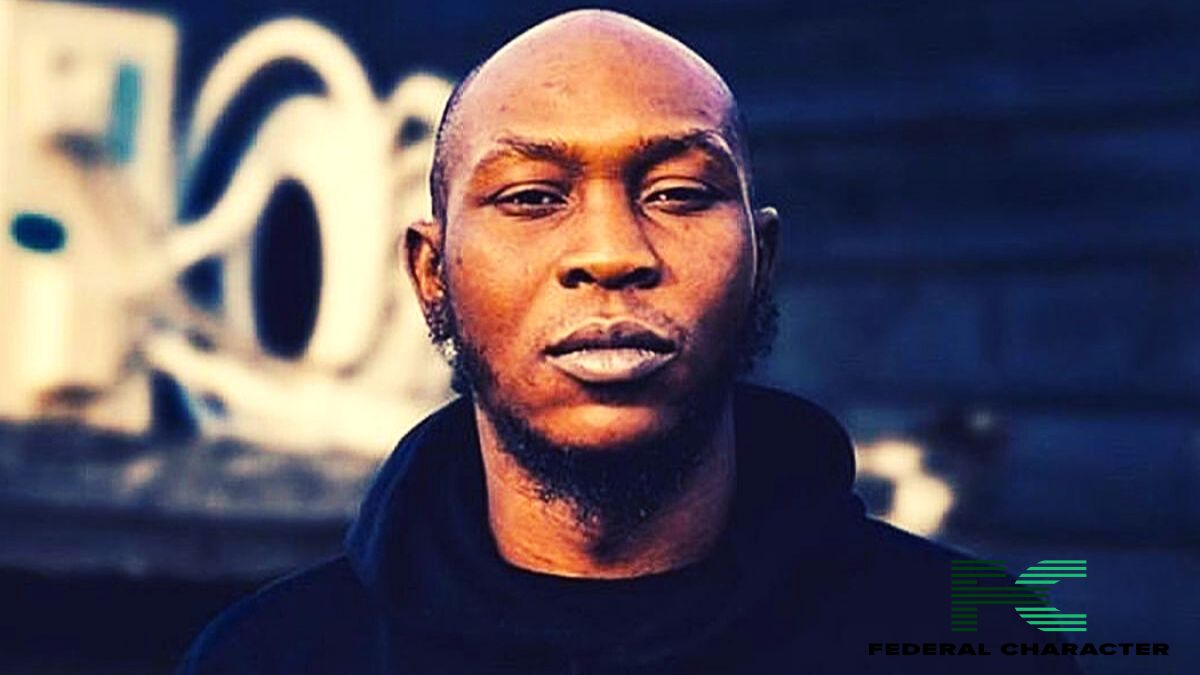An ache on one side affects the whole body. That’s the case of unilateral pain which takes over one side of the body. Something obviously sets it off which could be anything like stress, infection, or even cancer. Once there’s a problem, the nerves on the side get activated. These nerves send pain signals to the brain.
However, the type of pain you feel can vary. If the nerves themselves are damaged. A pain that deals with the nerves and neurons are usually sharp and burning. While a muscle or joint issue is like a dull and stiff ache. A pain that’s unilateral doesn’t go away even after the initial issue is fixed. So what can you do to stop this throbbing pain? This article will guide you through five treatment options to ease the pain.

Available Treatment Options For Unilateral Pain
Just like any other condition, unilateral pain has a few different options that can help reduce the pain.
Pharmacological Treatment
The first treatment option is pharmacological treatment which basically involves pain relievers.
Over-the-counter medications: These are usually people’s go to whenever they feel pain anywhere in their body. The typical over-the-counter drugs available are ibuprofen and acetaminophen, which help to reduce inflammation.
Prescription medications: If your pain is more intense, you’ll have to go to the hospital instead of a pharmacy. The doctor will prescribe something stronger like opioids or muscle relaxants.
Nerve Pain medications: Some pain is tied to nerve related issues. If that’s the case, there’s a special medication called gabapetin or pergabalin which the doctor recommends to calm nerve signals.
Non-Pharmacological Treatment
This is the second option, if pharmacological treatments didn’t work for you.
Physical therapy: Not all therapists sit behind a desk and listen to your troubled stories. There are other therapies and therapists in those fields. For example, physical therapy helps you get your body in shape. The therapists will work with you on exercises to strengthen and stretch the affected area.
Occupational therapy: This is almost like physical therapy but this therapy focuses on adoption. If the pain affects the tasks you do on a daily basis, the occupational therapist will help you adapt to your activities.
Massage therapy: Sometimes, all you need is a good massage. You may have been stressed for a few days which led you to have psychological pain. All you need is a good massage to ease muscle tension and improve blood flow.
Acupuncture: Acupuncture involves using needles which are placed at specific points on your body. This helps to relieve the pain and heal you over time.
Cognitive Behavioral Therapy: The concept of CBT is basically to change the way you think about the pain. Changing the way you feel about the pain will help you manage the pain better and help you do other activities that the pain hinders.
Bottom Line
At the end of the day, unilateral pain isn’t just something that affects one side of your body; it can totally throw off everything. Whether it’s nerve damage, muscle strain, or stress, it’s a pain that can be tough to shake. But the upside is, there are plenty of ways to treat it.
The treatment options available for unilateral pain are both pharmacological and non-pharmacological. There are options. It’s all about finding what works for you and not letting the pain take over. You shouldn’t have to live with it, and with the right approach, you won’t have to.

















